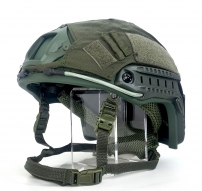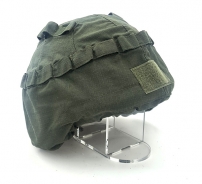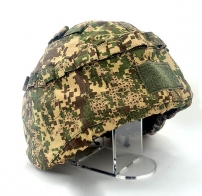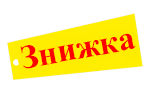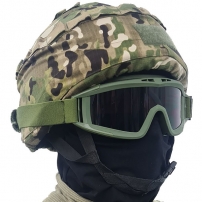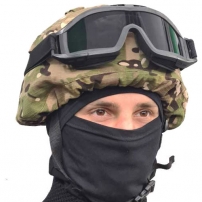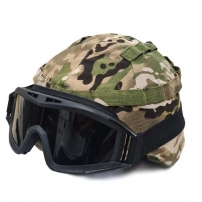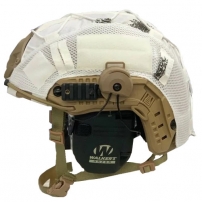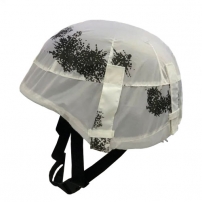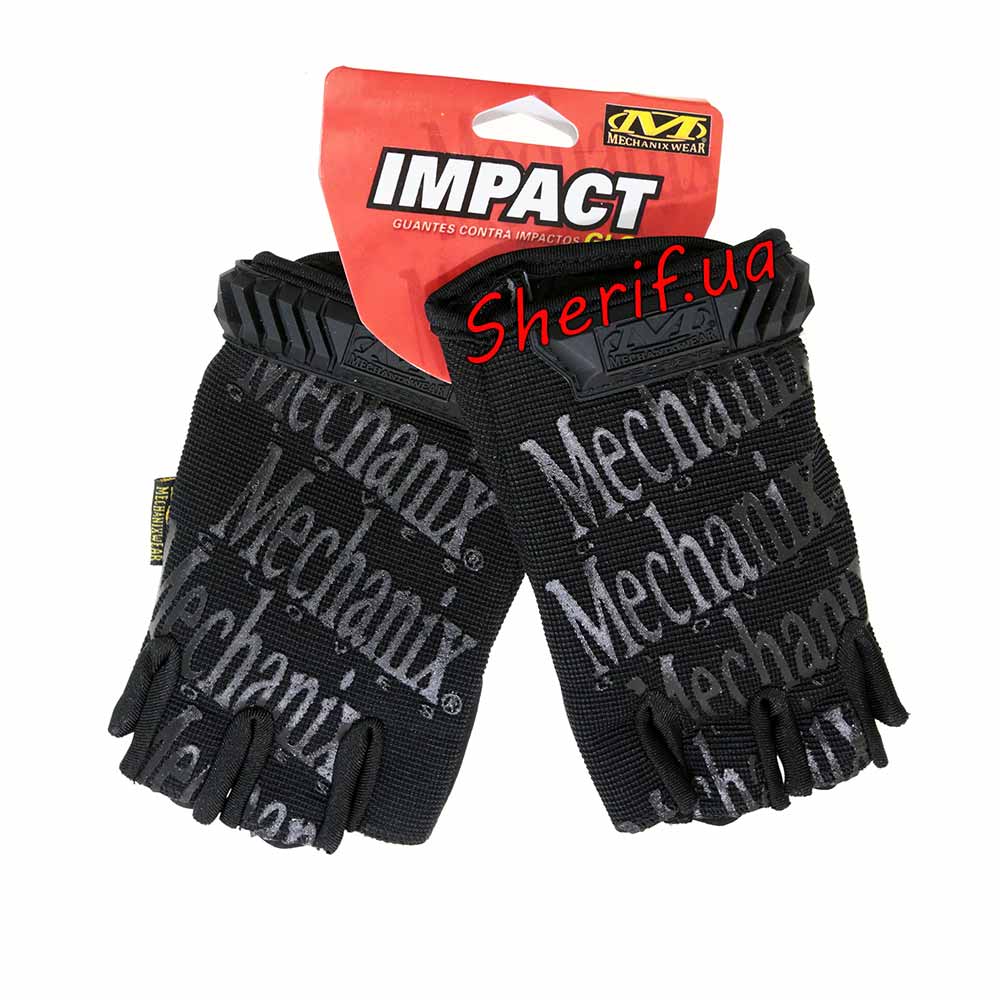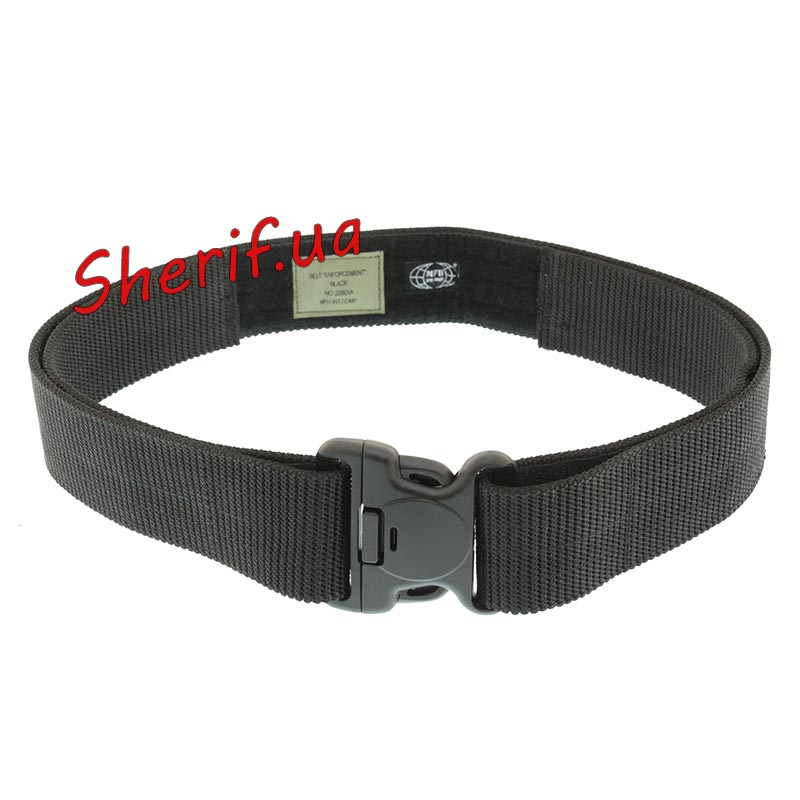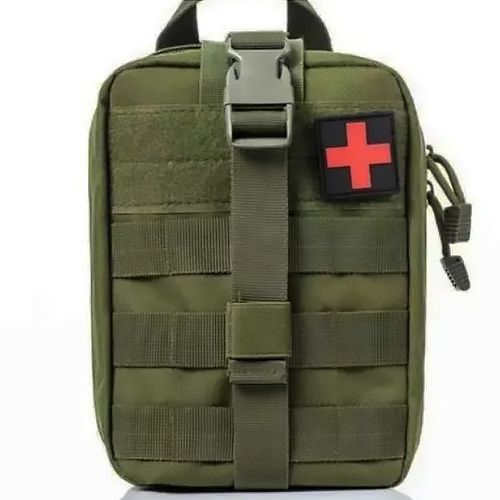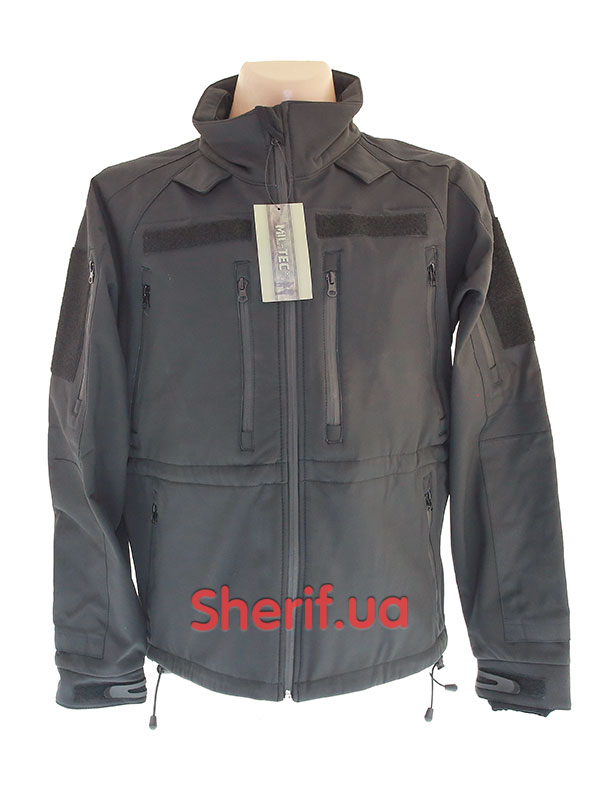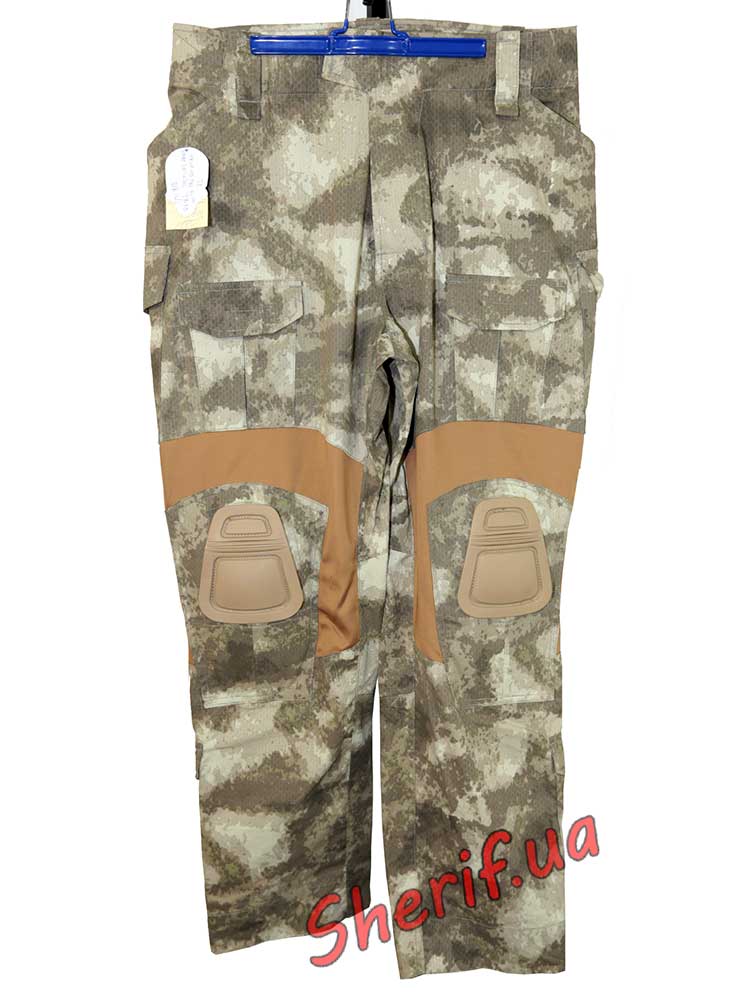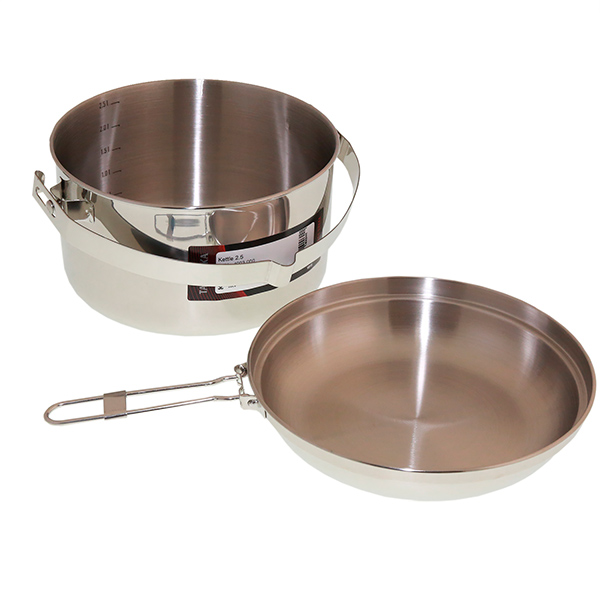√ Helmets and helmets






| Продолжение каталога см. на след.страницах |
Protective military helmets and army helmets, or how Kevlar differs from polyethylene
1. Kevlar is synonymous with strength.
Kevlar is synonymous with strength and one of the words that has become a household name from a proper name. Kevlar fiber - another invention of enterprising Americans, appeared in 1965, and for commercial purposes it began to be used in the 70s to reinforce racing tires.
The polymer developer is the daughter of Polish immigrants, Stephanie Kwolek, who owns about 30 patents for almost half a century of work in the field of polymer chemistry.
The brand name in English looks like Kevlar , the manufacturer of this material is DuPont. Chemically speaking, Kevlar is a para-amide synthetic fiber, or its more scientific name is polyparaphenylene terephthalamide. The main industries of use are reinforcement, strengthening of various materials, and the defense industry: the manufacture of personal protection for soldiers - bulletproof vests and army helmets .
2. What is Kevlar afraid of?
Kevlar is commercially available under Kevlar29, Kevlar49, Kevlar149, and three generations of Kevlar fibers. Kevlar thread has high tensile strength, but does not bend. Therefore, Kevlar is always combined either with metal or with other materials, such as ceramics or textolite.
Kevlar is 5 times lighter than metal, but it is not inferior in strength. Resistant to fire (withstands temperatures above 350°C), it practically does not burn and does not melt. Therefore, this fabric is so actively used in the production of lightweight ballistic materials, including for military helmets . The average weight of the helmet is 1400 gr - 1800 gr.
The physical properties of Kevlar and products made from it are such that p-aramid fibers largely lose their strength when wet and exposed to ultraviolet radiation, including sunlight, which means that the helmet will lose its effectiveness in protecting against a bullet or shrapnel.
3. Polyethylene in the production of military protective helmets.
Ultrahigh molecular weight polyethylene first appeared in industry in the 1950s. This is a unique material that can easily compete with and even outperform Kevlar . The tensile strength of ballistic polyethylene is 10-15 times higher than that of steel (this is approximately 40% higher than that of aramid, read Kevlar).
This is another material from which military uniforms are made in the modern world, namely protective helmets - ultra-high molecular weight polyethylene (UHMW PE), or high-performance polyethylene (HP PE). In the manufacture of ballistic helmets, special high-tech polyethylene, special ballistic fabrics and phenolic resin (PVB) are used.
4. Ballistic fabric for military helmets
Ballistic material : Polyethylene UD (Uni-Directional) fabric. It is a thermoplastic matrix that is capable of absorbing high impact energy, such as energy from a rifle shot. In the manufacture of fabric from high molecular weight polyethylene (it is called multiaxial fabric), the fibers are superimposed at different angles (UD - UniDirectional), which allows increasing strength.
Polyethylene is not affected by chemical agents, resistant to extreme temperatures, absolutely resistant to moisture, repels ultraviolet waves. Neither water nor the sun really takes it. Plastic is not magnetized and does not corrode. A helmet made of polyethylene is a rather high ballistic resistance together with a low weight (the average weight of a military helmet made of unidirectional polyethylene is 1300 gr).
One caveat: polyethylene is a substance that melts relatively easily (at a melting point of about 150 degrees). It is not recommended to use a helmet made of polyethylene at temperatures above 100 °C.
5. Ballistic standards for personal head protection.
The market for ballistic helmets or helmets is exclusively subject to international standards. When choosing head protection, pay attention to the warranty and ballistic performance of the helmet .
STANAG 2920 is a NATO standardization agreement. STANAG (from English. Standardization Agreement), serial number 2920, or "Ballistic test method for armored materials for personal protection and combat clothing." STANAG 2920 is used to measure the ability of materials to stop projectile fragmentation.
The V50 test or result is an internationally recognized standard for assessing projectile fragmentation protection. Tests are carried out using simulators of fragments of natural fragmentation of shells. V50 is the average speed of six shots (3 of them being the slowest speed and 3 being the highest speed when the fragments pierce the armor).
6. There is something to supplement the military helmet. 
Modern, high-quality military helmets are equipped with additional protection, the main Kevlar or polyethylene cap can be unfastened from the suspension system in case of an emergency. It is the cap that takes on most of the energy, thus protecting it from injury.
The weight of a safety helmet depends on the size and material of manufacture. The largest American NATO helmet can weigh about 2 kilograms. The size of modern helmets is adjustable, and the chin strap and special straps provide a snug fit. The space between the head and the helmet provides good ventilation.
However, buying a balaclava as a balaclava will never be superfluous.
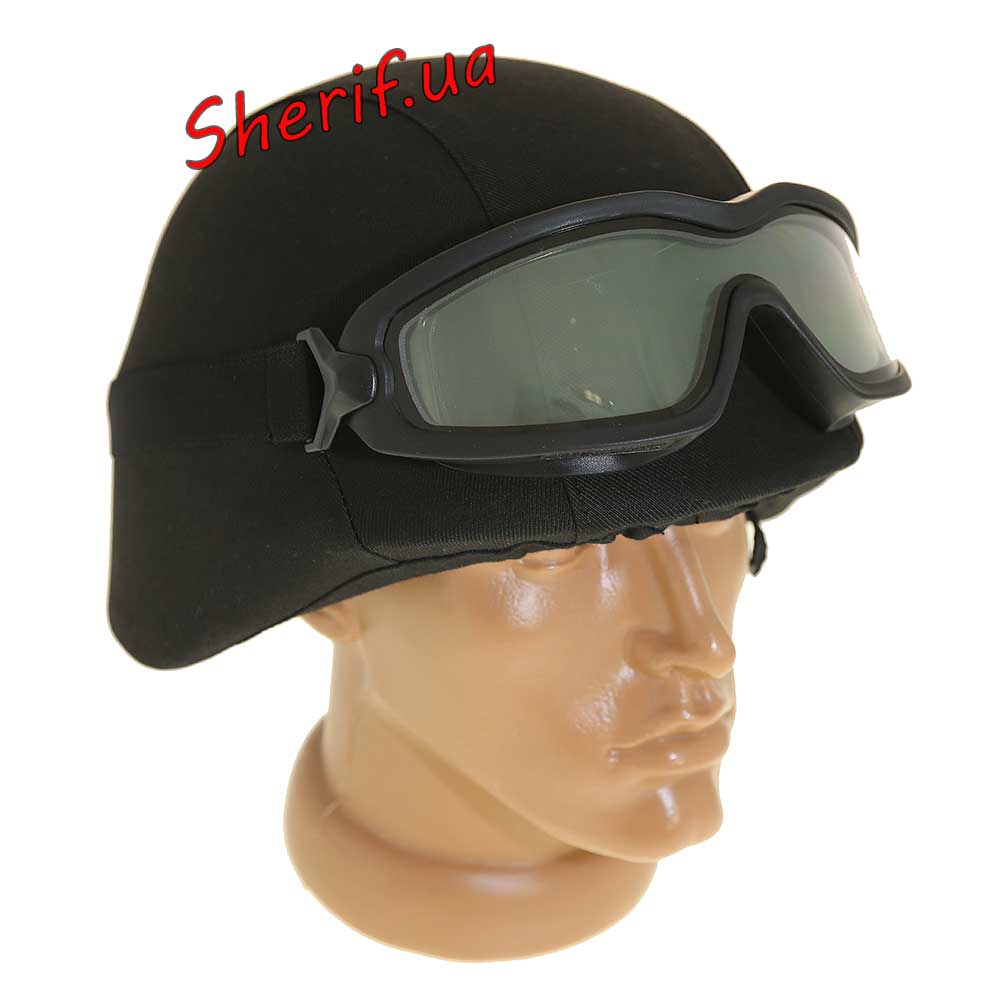 The design of modern helmets allows you to add a variety of accessories to them. Side sliding bars - a solid platform for mounting a night vision device , visor, goggles , radio system, headphones and other "devices", although a lot depends on the design of the helmet .
The design of modern helmets allows you to add a variety of accessories to them. Side sliding bars - a solid platform for mounting a night vision device , visor, goggles , radio system, headphones and other "devices", although a lot depends on the design of the helmet .
Usually in combat conditions, a protective helmet is worn with a cover . This is a double-sided fabric cover of various colors. Such a textile cover-cover is often provided with textile straps and loops in order to be able to attach additional disguise to the helmet .
Where in Ukraine to buy a military helmet at an affordable price?
Of course, it is easier and cheaper to do it in an online store . Needless to say, domestic manufacturers are still far from the production of modern super-strong ballistic helmets , but foreign manufacturers have been doing it for a long time and masterfully. The Sheriff body armor store presents protective helmets and helmets made of both ultra-high molecular weight polyethylene and Kevlar (p-aramid) fabric.
Production: Israel , Italy , Great Britain , China (according to NATO standards).
Prices vary depending on the protection class, on ballistic resistance and on the material from which this or that military helmet was made. The sales assistants of the Sheriff store will help you make the final choice.
(068) 798-0000 (063) 798-9999 (068) 300-5000
(068) 300-5000

